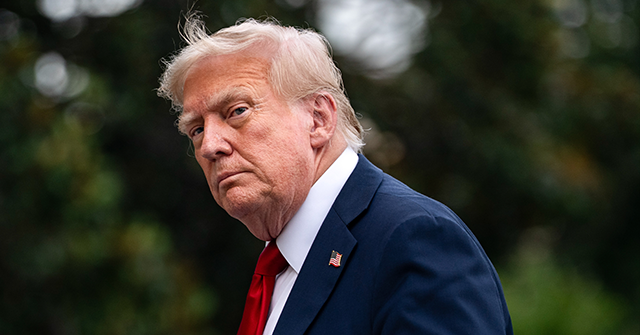Trump Puts Optimum Tariff Theory into Practice and Proves the Economists Wrong
President Trump’s newly announced trade agreements with Japan, the Philippines, and Indonesia are more than a string of diplomatic victories. They are the most direct real-world application to date of a once-theoretical idea in economics—optimum tariff theory—and they expose just how mistaken the academic consensus has been for decades.
For years, economists have taught that while a large country might, in theory, benefit from imposing tariffs, in practice such a move would inevitably backfire. According to the textbook view, the threat of retaliation made any attempt to use tariff leverage too risky to attempt. The theory of the optimum tariff was acknowledged in lectures, but quarantined in the realm of abstraction. No responsible policymaker would ever dare act on it, economists said, because any gain from tariff revenue or improved terms of trade would be offset by trade wars, collapsing exports, and diplomatic breakdowns.
This week, that claim met with the reality of Donald Trump’s trade negotiations. And Trump won.
The Deals That Changed the Game
On Tuesday, Trump announced three separate trade deals with key Pacific allies. The Philippines agreed to drop all tariffs on U.S. goods, allow open-market access, and cooperate more closely with the United States militarily. In exchange, the U.S. will impose a 19 percent tariff on Filipino exports—a rate significantly above any previous Most Favored Nation rate but well below the threatened 25 percent maximum. Hours later, Indonesia signed a similar agreement, eliminating 99 percent of its tariffs on American industrial, agricultural, and tech products while accepting a 19 percent tariff on its own exports to the United States.
Then came the most consequential agreement of all. After a final round of negotiations in the Oval Office, Japan agreed to a 15 percent tariff on its exports to the U.S., including automobiles and parts. In return, Japan agreed to allow imports of U.S. cars that meet American standards (rather than the rigged standards Japan has used for years to keep out imported cars), pledged to buy 100 Boeing aircraft and billions of other American goods, raised its defense spending with U.S. firms to $17 billion per year, and promised a jaw-dropping $550 billion investment into U.S.-based projects.
These deals share a common structure: foreign countries accept high tariffs on their exports, eliminate or slash tariffs on U.S. goods, and offer major additional concessions to maintain access to the American market. Far from protectionism or isolationism, this is strategic bilateralism.
President Donald Trump greets Philippine President Ferdinand Marcos Jr. at the White House on July 22, 2025, in Washington, DC. (Win McNamee/Getty Images)
What the Economists Got Wrong
The most remarkable thing about these deals is what hasn’t happened. There has been no retaliation. No counter-tariffs. No breakdown of diplomacy. No trade war. Instead, what Trump’s negotiating strategy has revealed is that the assumption of symmetrical retaliation—the cornerstone of modern trade theory—is simply not true in practice. The Philippines, Indonesia, and Japan all depend more on access to the American consumer than the U.S. depends on selling to them. When confronted with the reality of new tariffs, they did not escalate. They yielded.
The entire postwar trade consensus among academic economists (including those laboring inside the Federal Reserve) has relied on the idea that retaliation would always be swift and severe—making any attempt to use tariffs to restructure trade too costly. What Trump has shown is that this assumption was not an economic law, but a political bluff.
This has long been a serious problem with trade economists. Their papers and models assume retaliation, but that is a political assumption not an economic one. No law of economics or model of rational behavior insists that countries must retaliate. It was just something economists kept insisting would happen.
Now we see that this assumption was wrong. The result is a fundamental change in how the U.S. engages with the global economy. Tariffs are no longer the relics of a mercantilist past. They are active instruments of negotiation—used not to shut down trade but to reshape it in America’s favor. These are not blanket restrictions. They are tailored deals, structured to reward allies who accommodate U.S. terms and penalize those who exploit U.S. openness without reciprocity.
The Return of National Advantage
What these agreements prove is that the logic of optimum tariff theory works when backed by real power and political will. The United States is a unique player in the global trading system. Its consumer market is irreplaceable, and its dollar remains the global reserve currency. That gives Washington leverage that no other country can replicate. And Trump has been willing to use it where others were too timid.
By securing zero tariffs for American exports, new demand for U.S. products, and investment on an unprecedented scale, Trump has not only improved America’s terms of trade, he has reasserted national advantage as a valid organizing principle in international economics.
For decades, the elite consensus warned that any move toward tariff leverage would invite disaster. Trump has now signed three major deals in which the opposite happened. The tariffs came. The retaliation did not. And America walked away stronger.
The global trade game has changed.
Read the full article here


